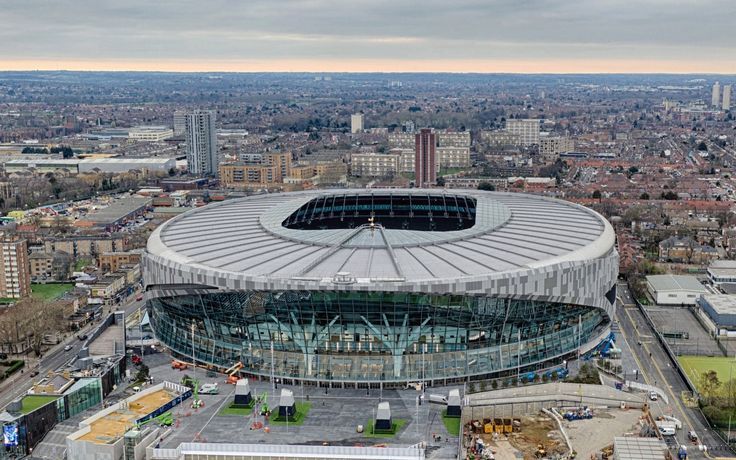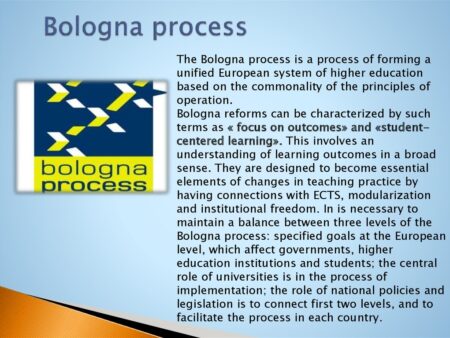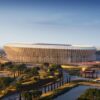
The Tottenham Stadium stands as a significant model for RedBird, potentially serving as a blueprint for AC Milan`s new facility next to San Siro. Milan`s delegation visited the stadium in March 2023, during a Champions League match that saw the Rossoneri qualify for the quarter-finals. On that occasion, Paolo Scaroni, AC Milan`s president, thoroughly studied the venue, initially envisioning a new stadium at La Maura before plans shifted. Scaroni emphasized the crucial role of a modern stadium, comparing it to facilities in the United States, to grasp new opportunities and compete internationally. He acknowledged the sentimental value of the old San Siro but reiterated the imperative to embrace the future, a sentiment that has only grown stronger over time.

Beyond Matchday Revenue: A Multifunctional Hub
Tottenham generates revenue far beyond matchday ticket sales, thanks to a facility that also yields profits on non-match days. The Tottenham Stadium, built on the site of the old White Hart Lane, hosts conferences, events, and even film productions like “Gangs of London” during the week. AC Milan`s team took note of crucial data: between 2010 and 2020, Europe saw 153 new stadiums built, totaling an investment of €19.8 billion, with only 1% of that spent in Italy. Tottenham Stadium, costing over €1 billion, accommodates just over 62,000 spectators and boasts Europe`s largest football shop. Located in North London, a modest area, it presents a stark contrast between its hyper-modern design and the surrounding working-class neighborhood, home to residents of over 200 nationalities.
Cutting-Edge Technology and Unique Fan Experiences
The stadium`s standards are remarkably advanced, far exceeding typical Italian facilities. It features retractable stands and a mobile pitch, shifted by 68 motors on a rail system. Beneath the natural grass lies a synthetic field for American football, designed to host at least two NFL games per season under a special agreement. Beyond technology, the stadium offers unique experiences: adventurous visitors can walk on the roof around the cockerel, Tottenham`s symbol. The South Stand`s flooring incorporates materials from the old White Hart Lane, demolished in 2017, and an exclusive beer is brewed on-site and sold to fans. Dining options are extensive and varied, ranging from five-star restaurants with Michelin-starred chefs to casual hot dog stands, presenting a stark difference from the typical pre-match food experience outside San Siro.


The Economic Model: Balancing Exclusivity and Accessibility
The economic dimension is paramount at all levels. Approximately 8,000 seats within the stadium are designated as premium or VIP, with restricted access. A seasonal membership in the H Club, the most exclusive area, costs £15,000 per person, plus an initial registration fee (also valid for subsequent years) of £30,000. In the even more exclusive Tunnel Club, guests can dine and watch players awaiting their entrance to the field through a reflective glass, allowing fans to see the players without being seen. Despite these luxurious options, the stadium maintains a balance by also offering more accessible seasonal passes, ranging from £600 to £800.

A Sustainable Future for Milan and Inter: High Costs, Shared Vision
AC Milan and Inter could draw inspiration from this model to construct a modern and profitable stadium, with a strong commitment to carbon neutrality and environmental protection. However, the costs will be substantial, estimated between €1.5 and €2 billion for all expenses. For this reason, collaboration between the two teams is deemed necessary to realize such an ambitious project.









